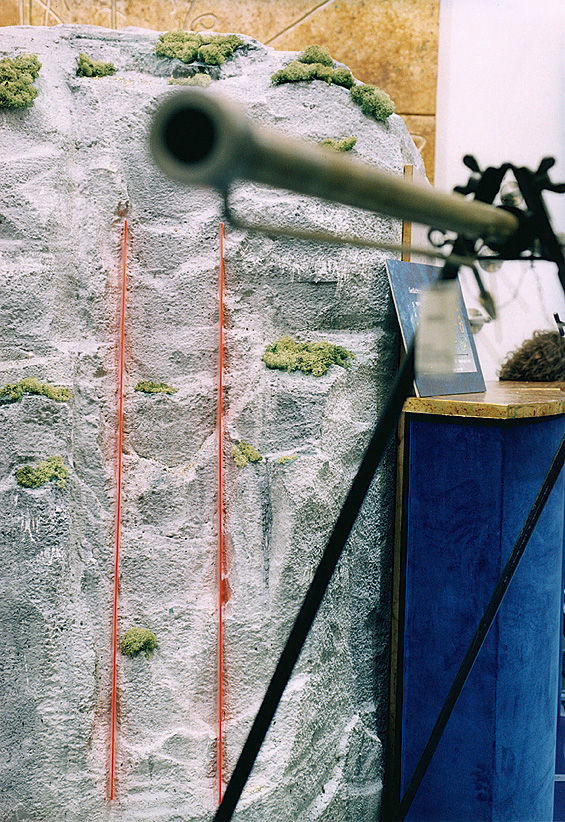
placebo01
Placebo / Human Factor 1998 – 2003
Neurophysiology and -psychology are creating new theories about human perception and the ways of how we are constructing our reality; the developping biotechnologies stir up our anxieties and hopes. In cyberspace the avantgardists among technic utopists like to uncouple the human mind off man’s body in hope to become pure perception as a man-machine; old-fashioned terms of reality and identity seem to smell funny or uncanny in the perspective of new media- and communication technologies.
According to the clinical dictionary placebo is an apparently medicine provided when there is subjective need for medical therapy. Literally translated from the Latin placebo means: I shall please.
As a fake medicine the placebo pill is able to cure my illness. For me the term placebo is an excellent metaphor for our relation to images as well as for the relation of images to the real world. I compare the apparently effect of the placebo medicine with the apparently effect of the technical image. The technical image itself will always please in the sense that it immediately and always afficiates my visual perception. I get seduced to compulsively seeing, because I can’t identify, appropriate, reflect the world – and myself, too – in a different way than in the medium of my projections.
Within the scope of placebo / human factor I take photographs exclusively in museums. Nowadays art-, science, – and technic-museums try to create event spaces with the help of compact media stagings. Complexity is able to be consumed as an interactive adventure playground. At this place of simulated contraction of the world my photography doesn’t represent in an illustrative manner, but is looking for the absent, the emptiness, the space bar. With a fragmentary, reduced and at the same time complex photographic vocabular I want to track out for forms of representing the human body: as shadow and pixel, as projection and uncertainty principle, as dummy and silhouette, as model and machine.
Visual information is to be brought up to non-information at the interface between abstract and concrete. No matter what one’s eye is looking at, it is not separable from any communicative uses – we must compulsively see those use values. Our visual perception is organised around an invisible center – the blind spot. It is this spot in our seeing apparatus where any visual perception stimulus changes into a neuronal impulse. This blind spot gets fooled from our necessity for making sense.
We try to reduce abstract, new, unidentifiable perceptions to what we already knew or think to be able to make sense with. This is what I call the placebo-effect: non-information yet gets used as information. Exactly this process I try to demonstrate with photography.
C-Prints / Lambda-Prints mounted on aludibond, sizes: 31 x 45 cm, 44 x 59 cm, 55 x 78 cm
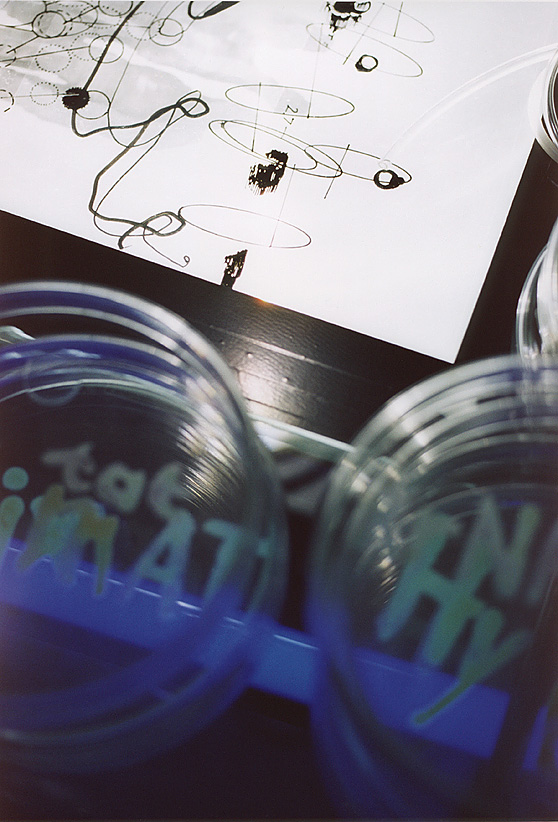
placebo02
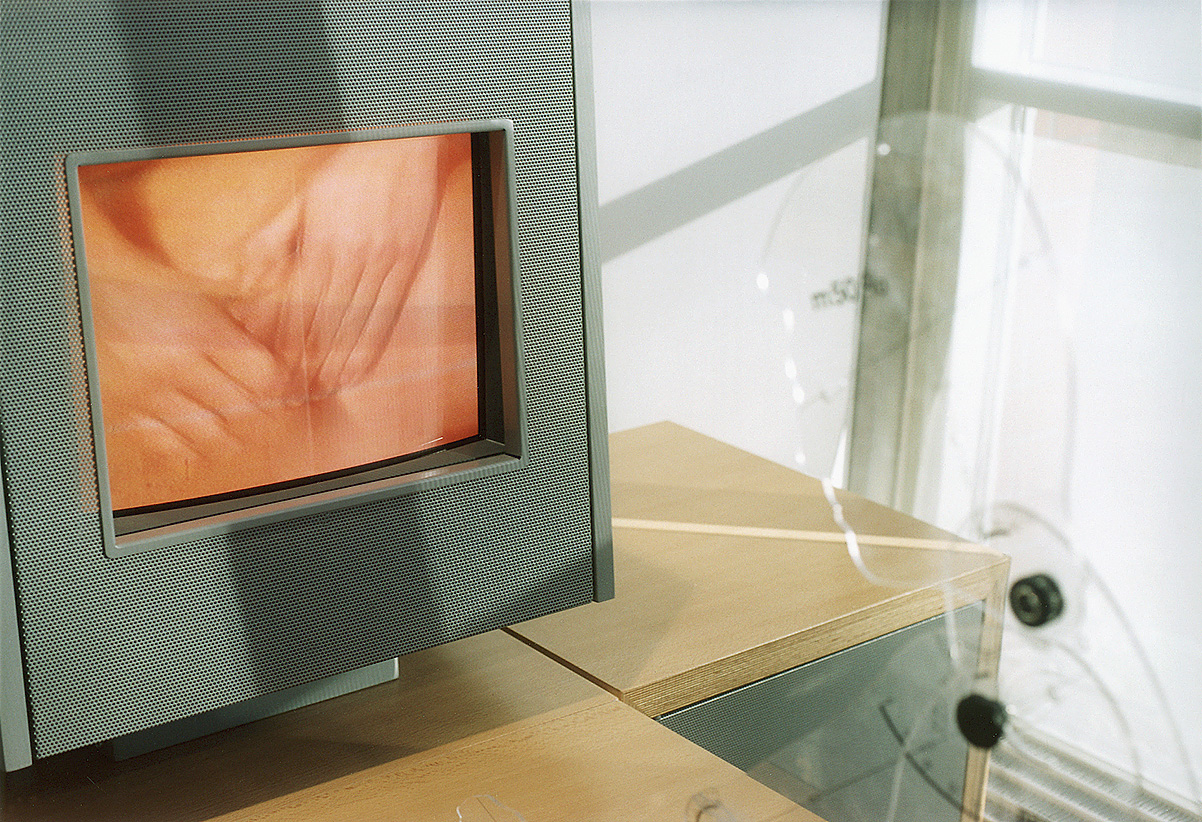
human factor VIDEODASA
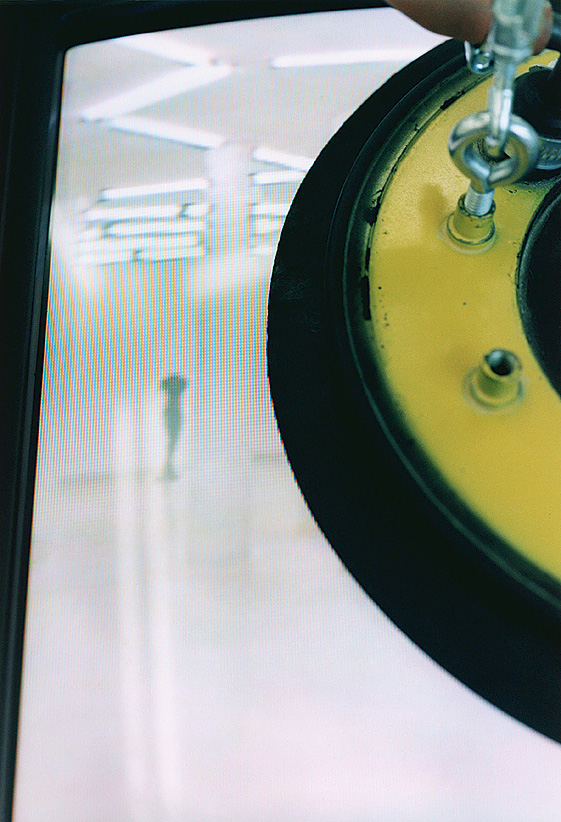
placebo13
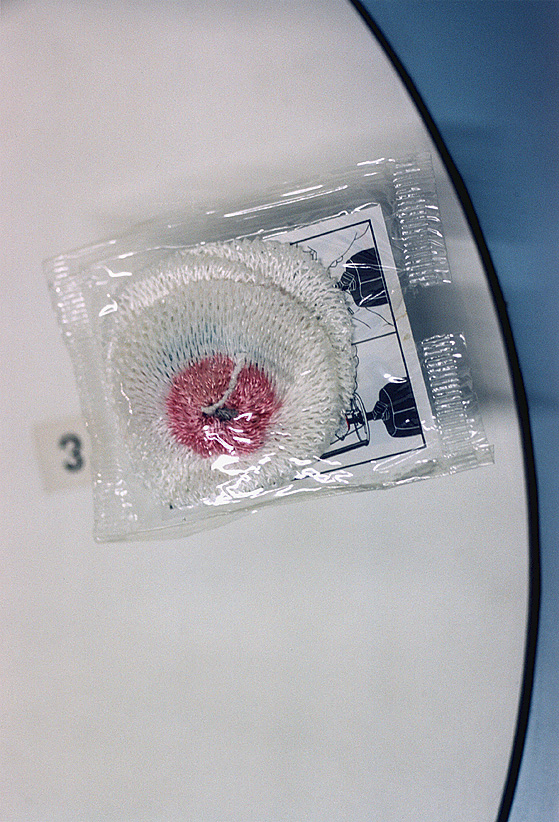
placebo14
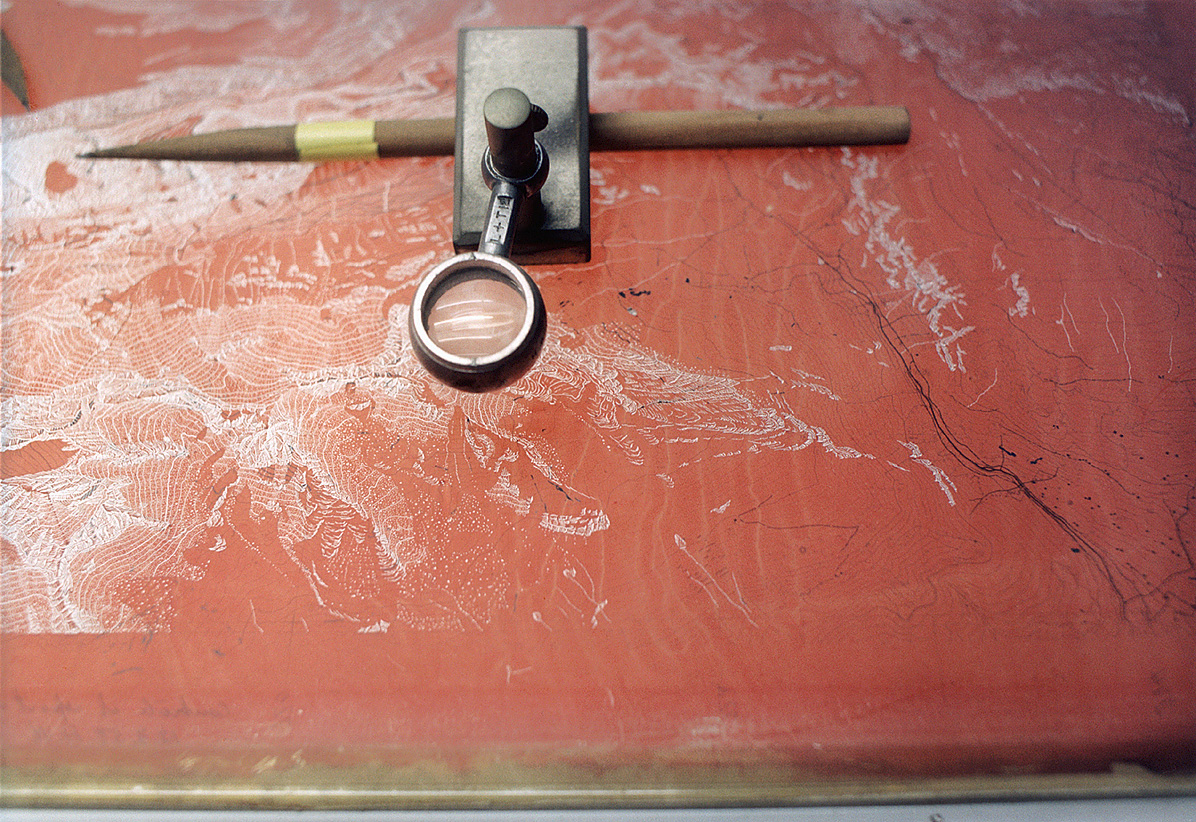
placebo27
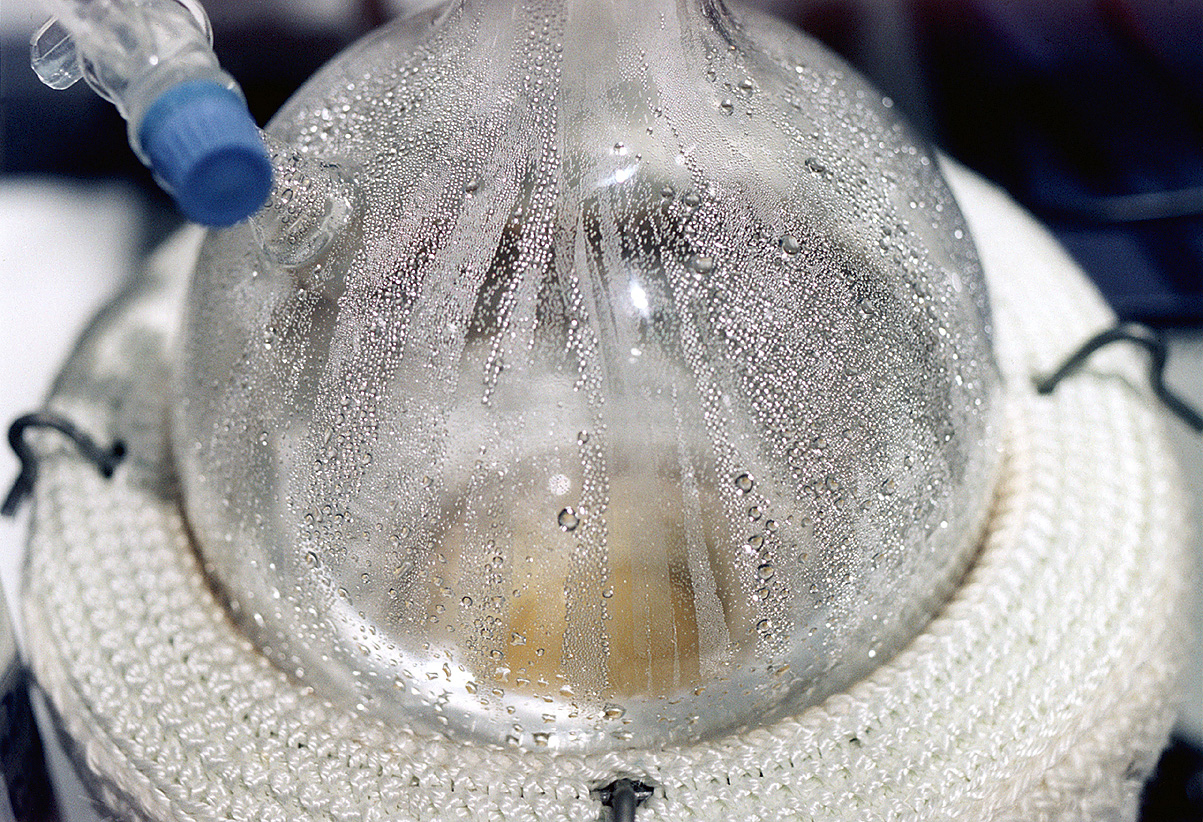
placebo05
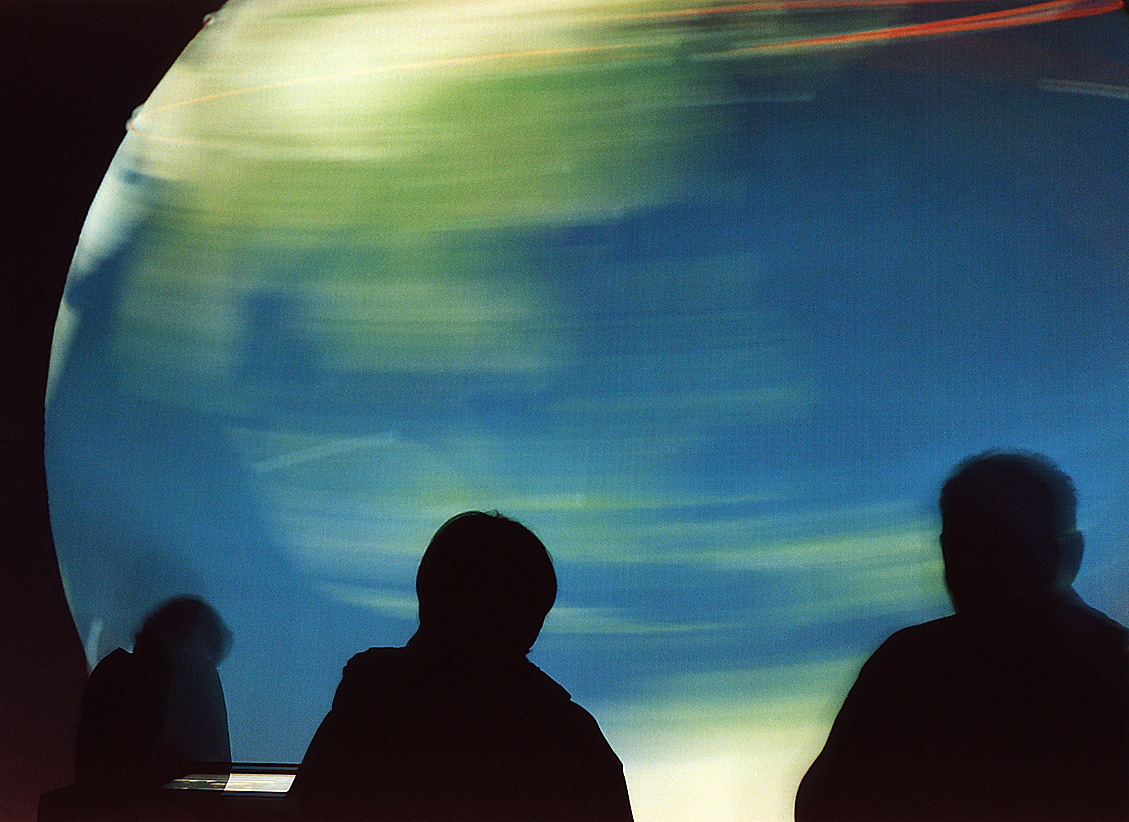
human factor GLOBUS
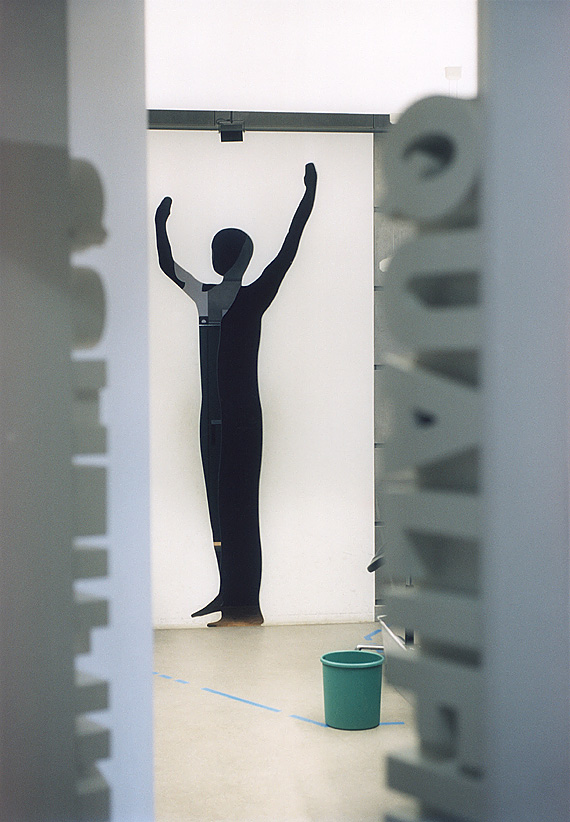
human factor DASAFIGUR
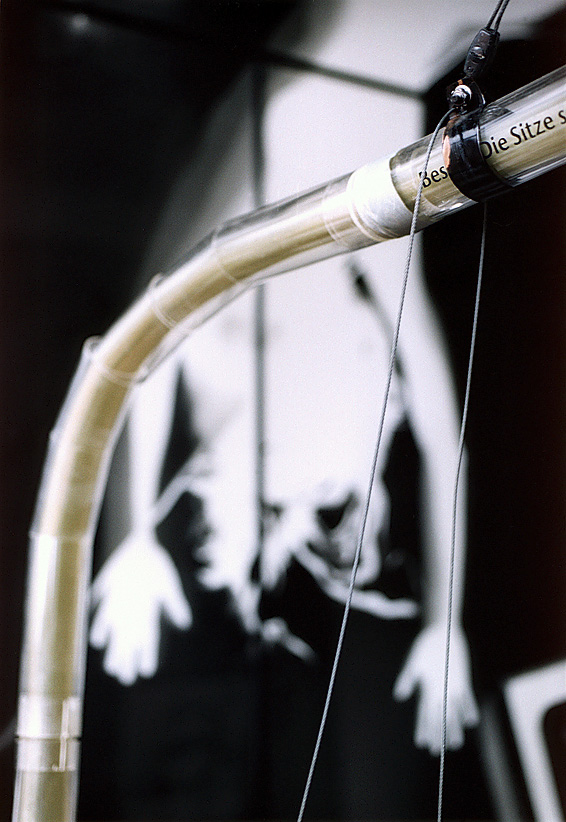
human factor DASAFOTOGRAMM
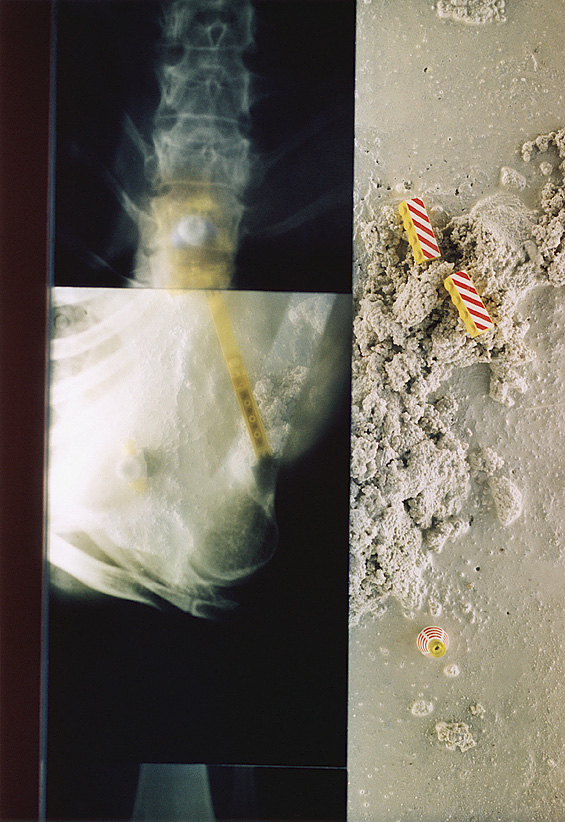
placebo06
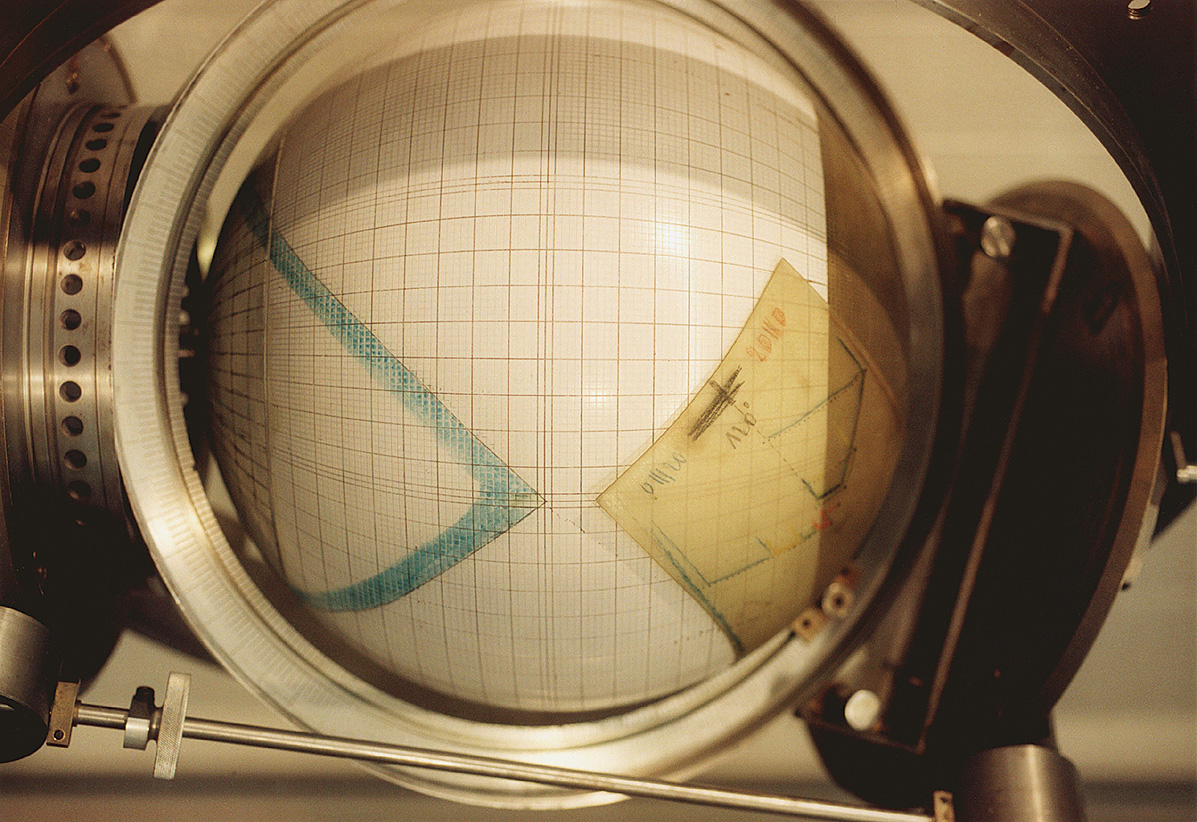
placebo08
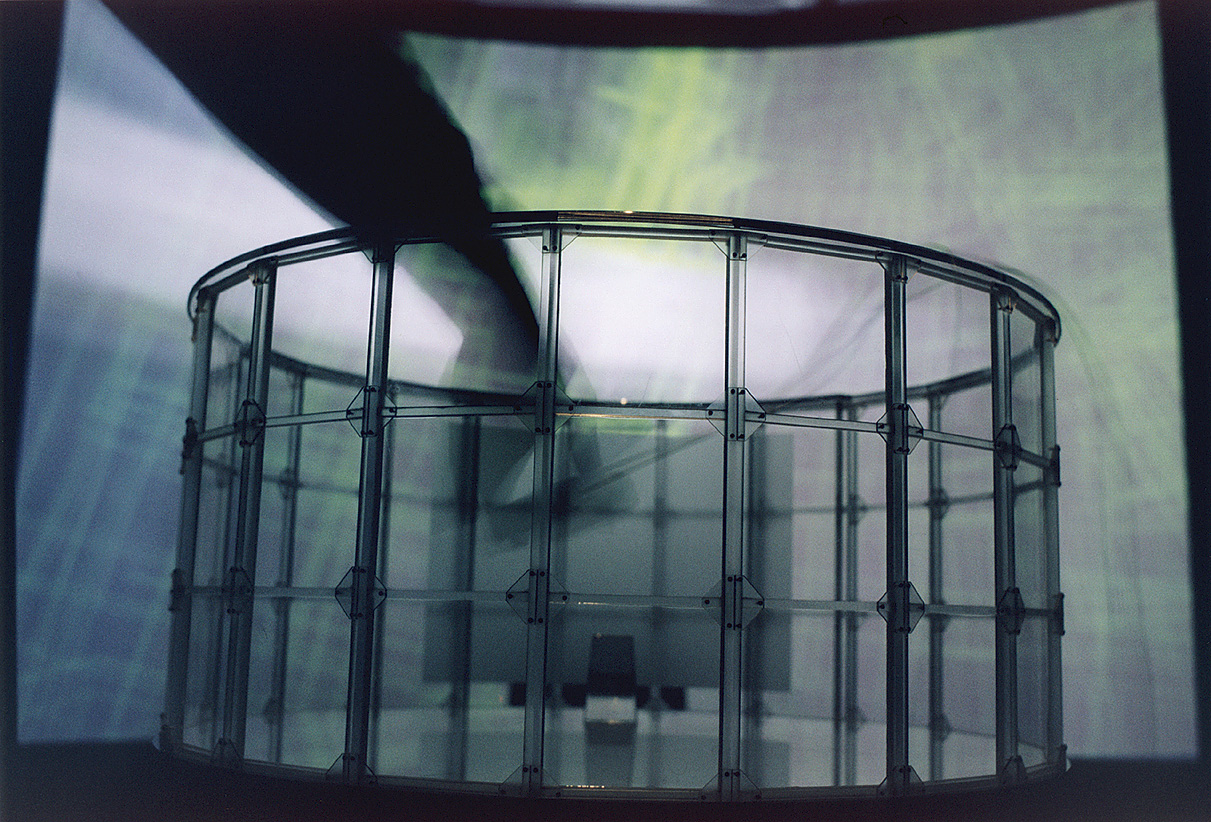
placebo26
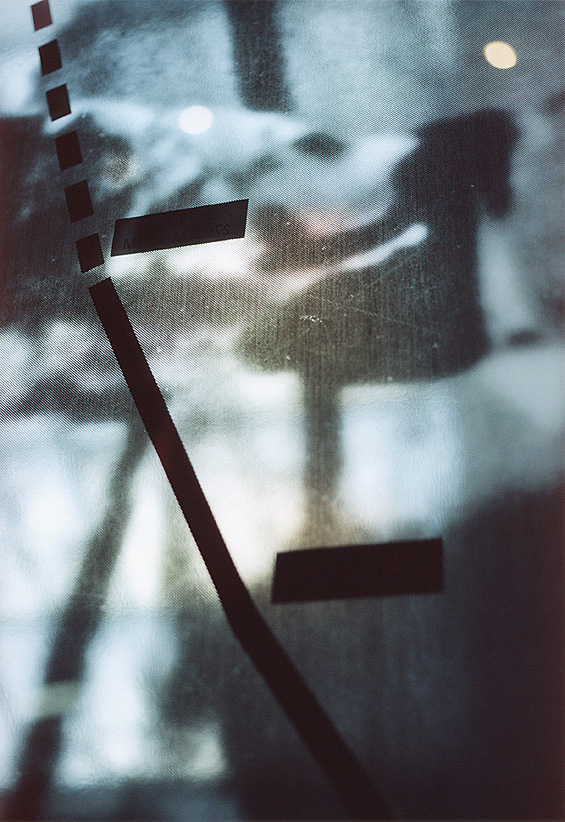
placebo25
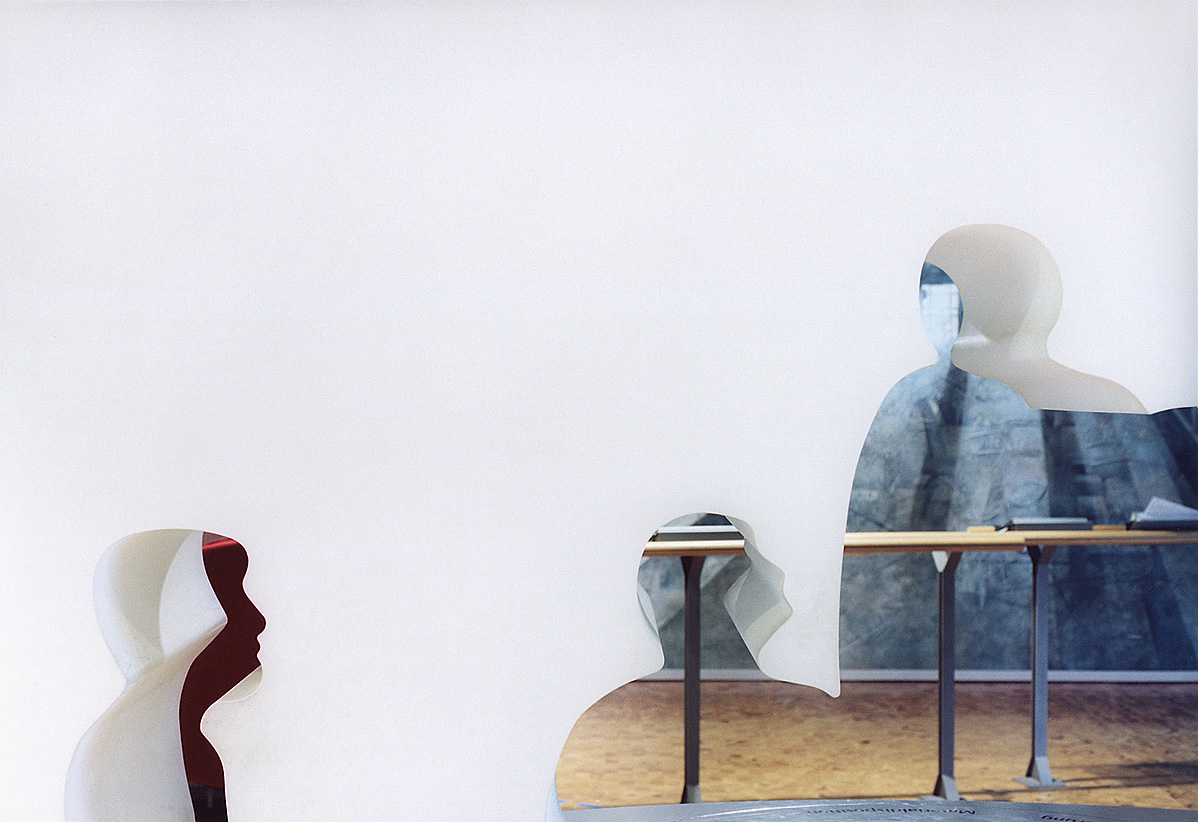
human factor DASAWAND
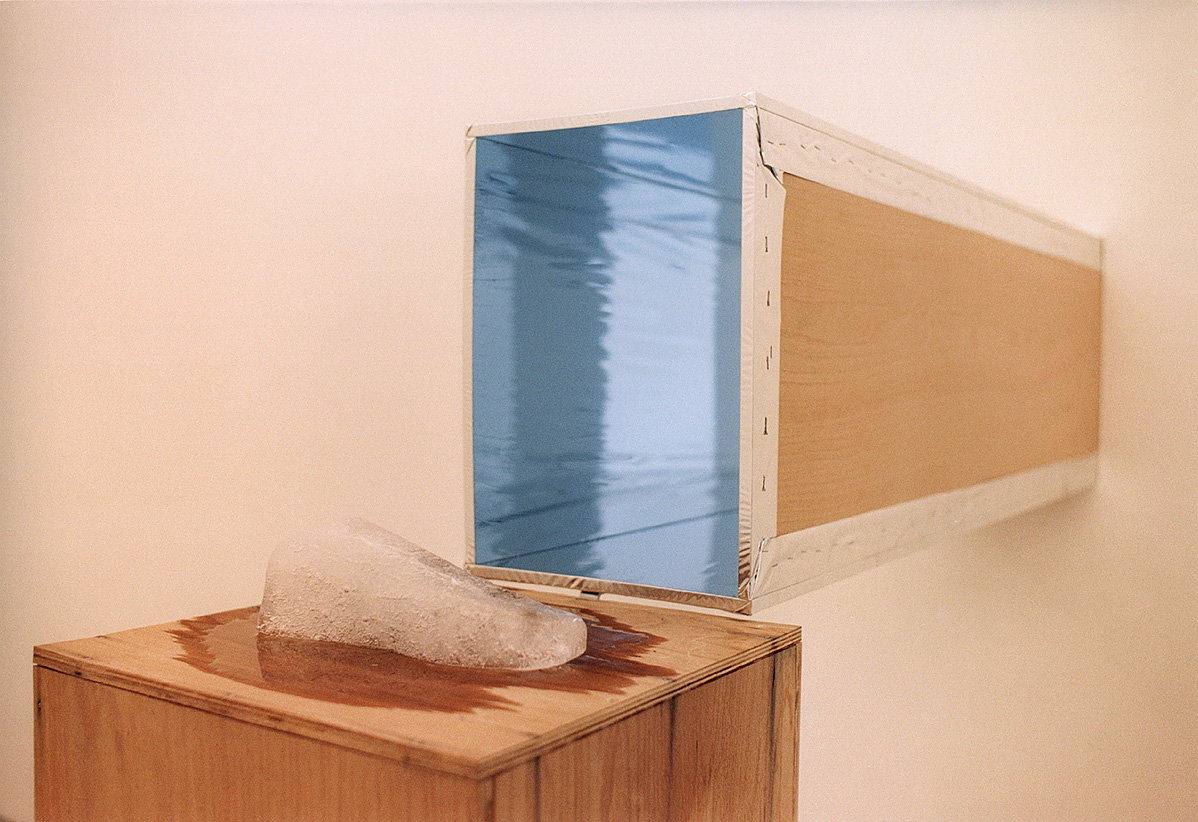
placebo28
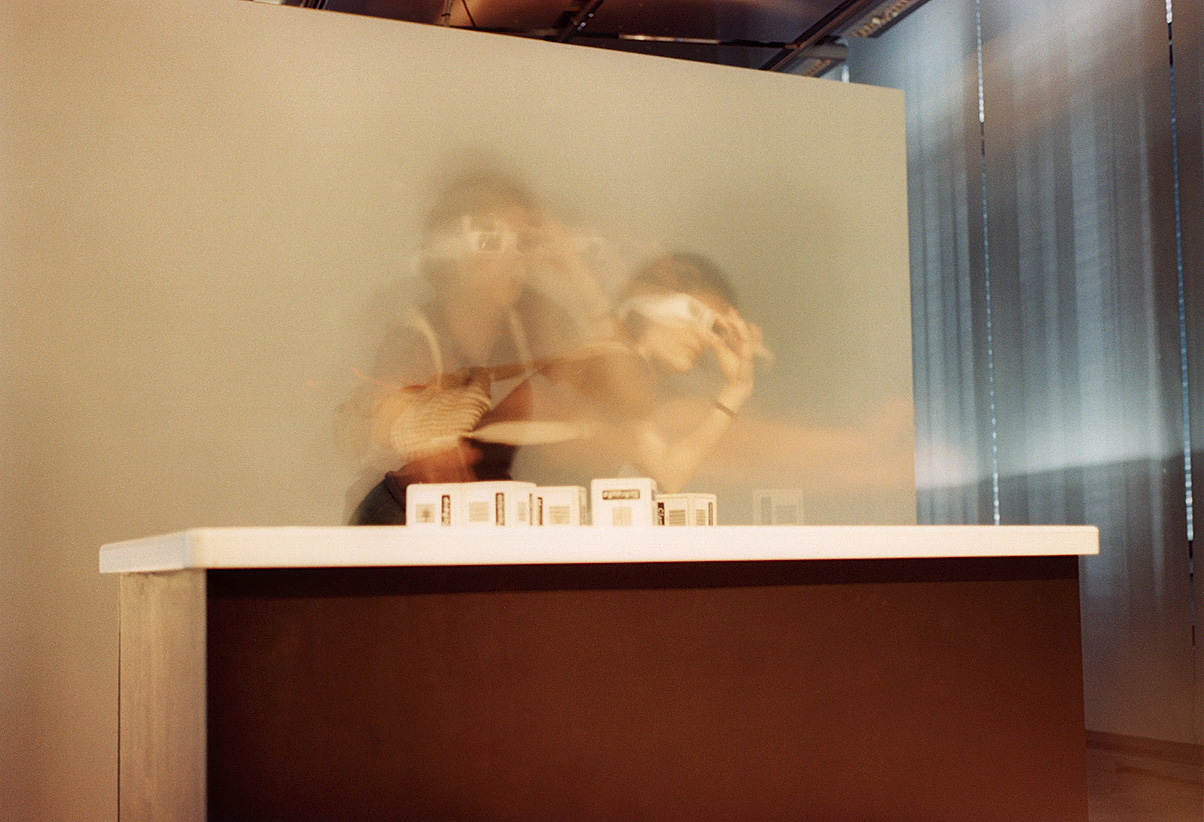
human factor CYBERFRAU
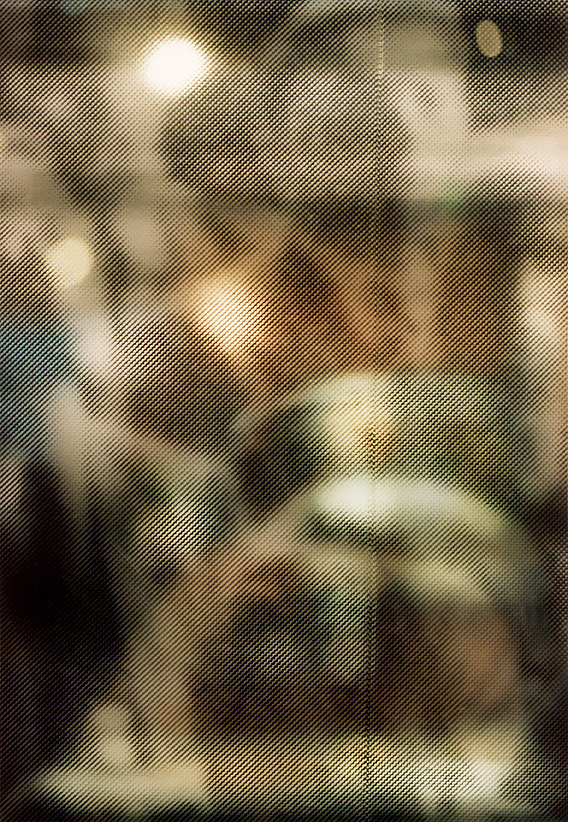
human factor RASTER
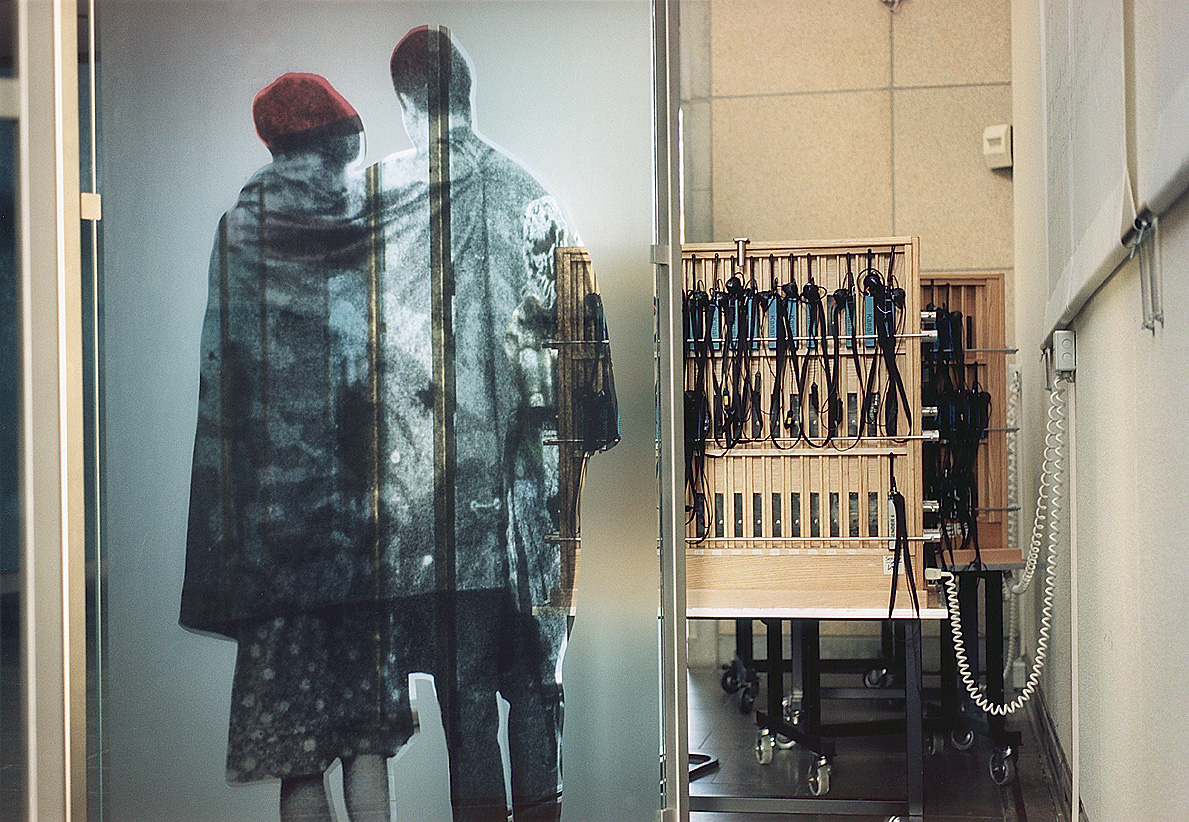
human factor KOPFHOERER
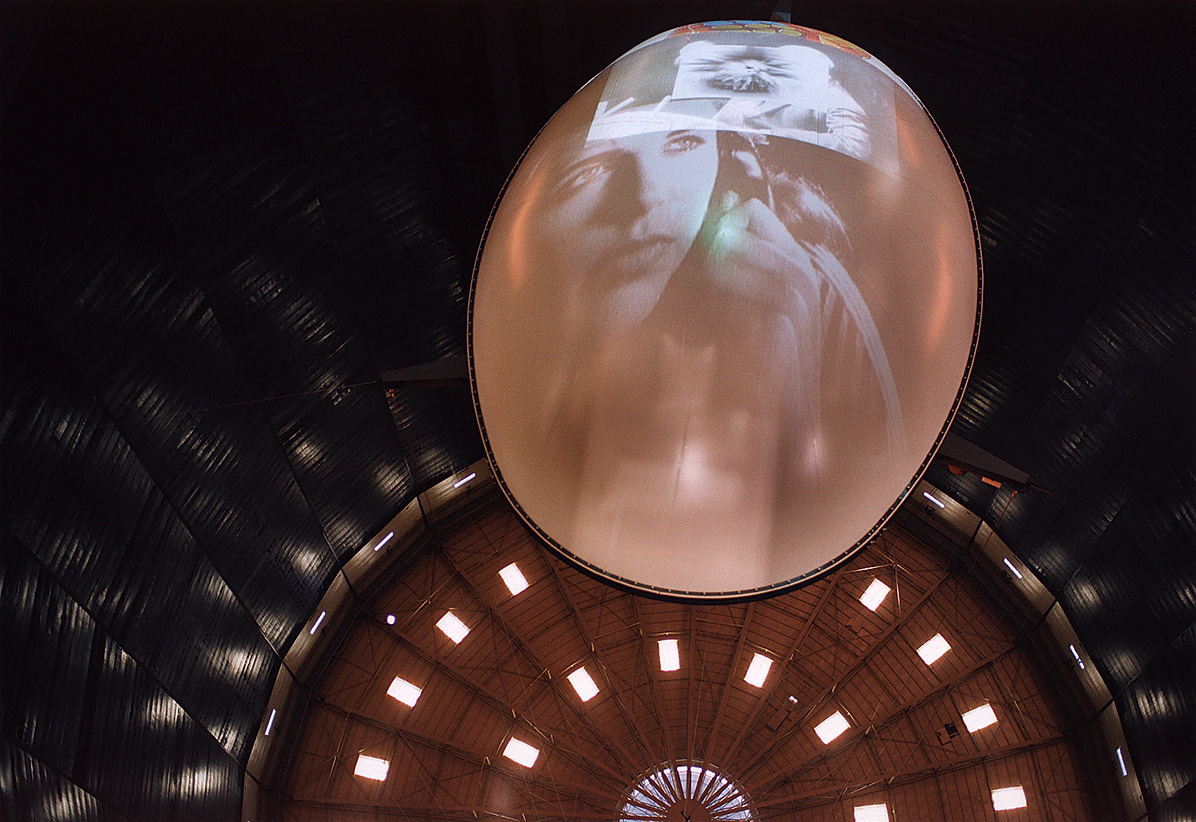
human factor GASOMETER
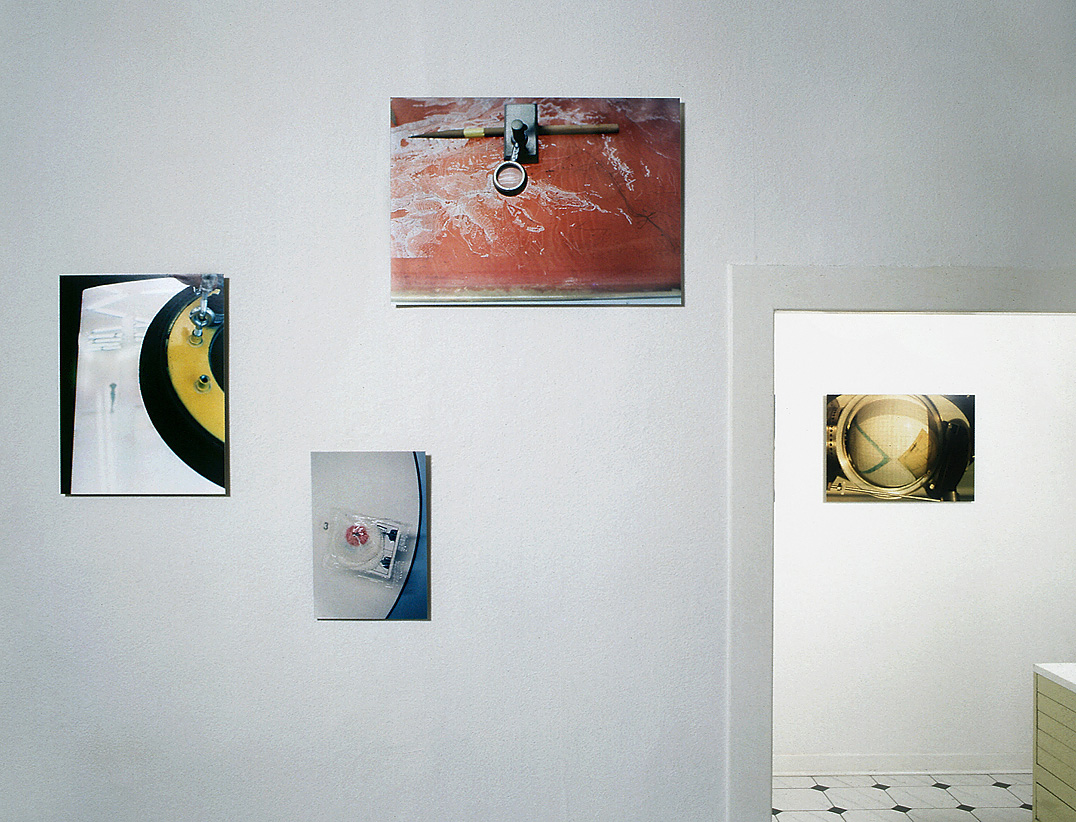
placebo installation view Galerie Lichtblick, Cologne 2003
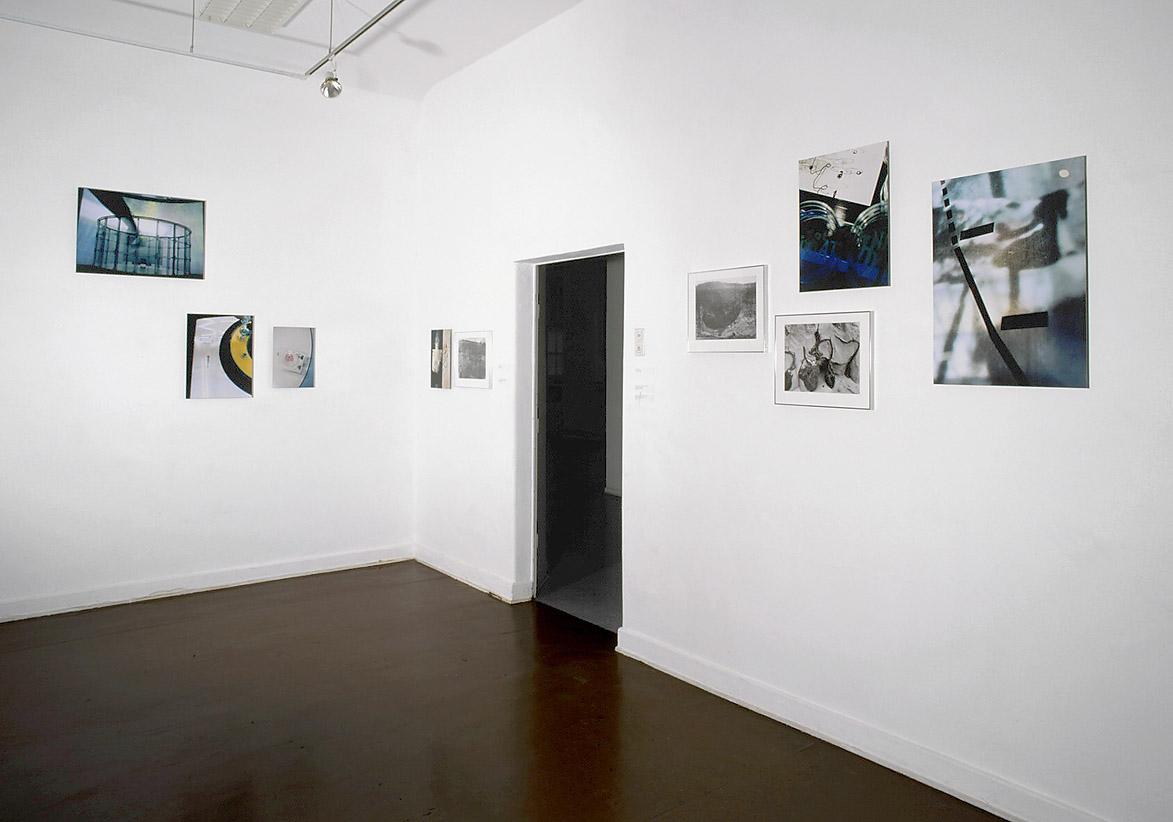
placebo installation view Kunsthaus Essen 2000
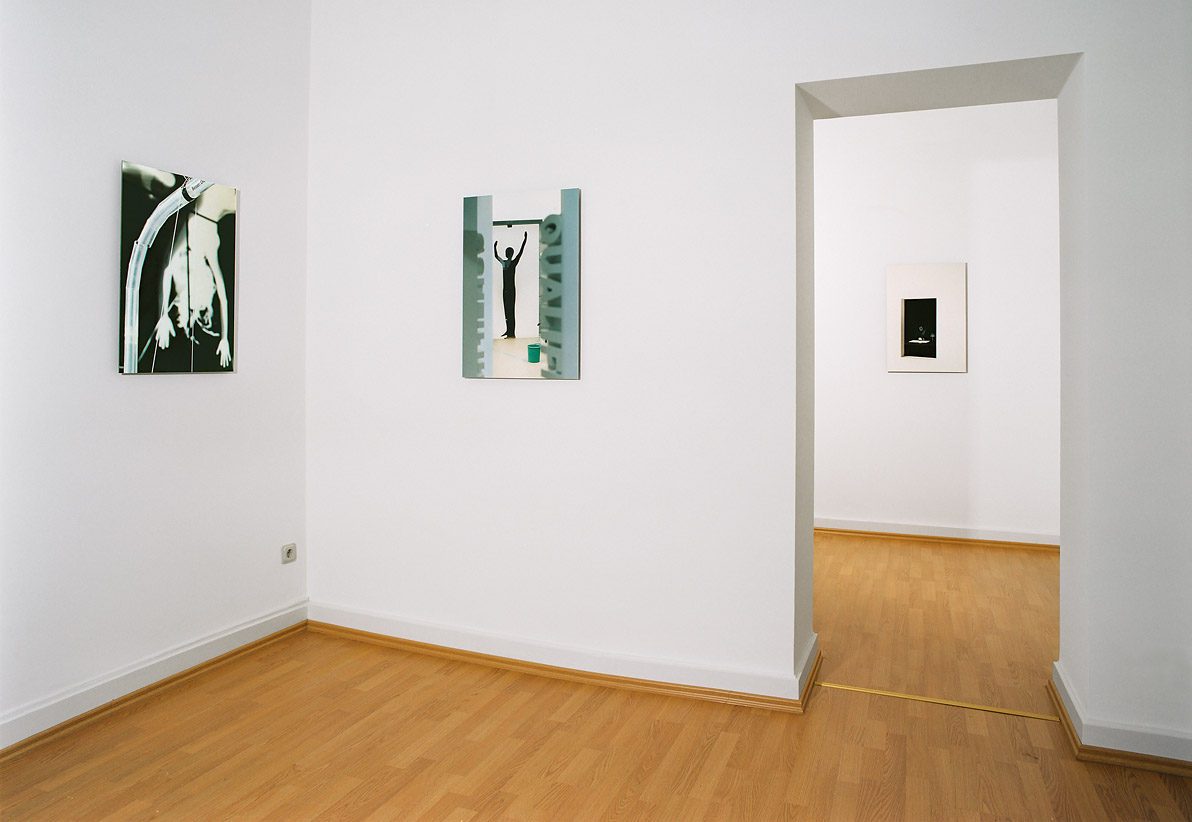
placebo / human factor installation view Galerie Nei Licht, Luxemburg 2003 b
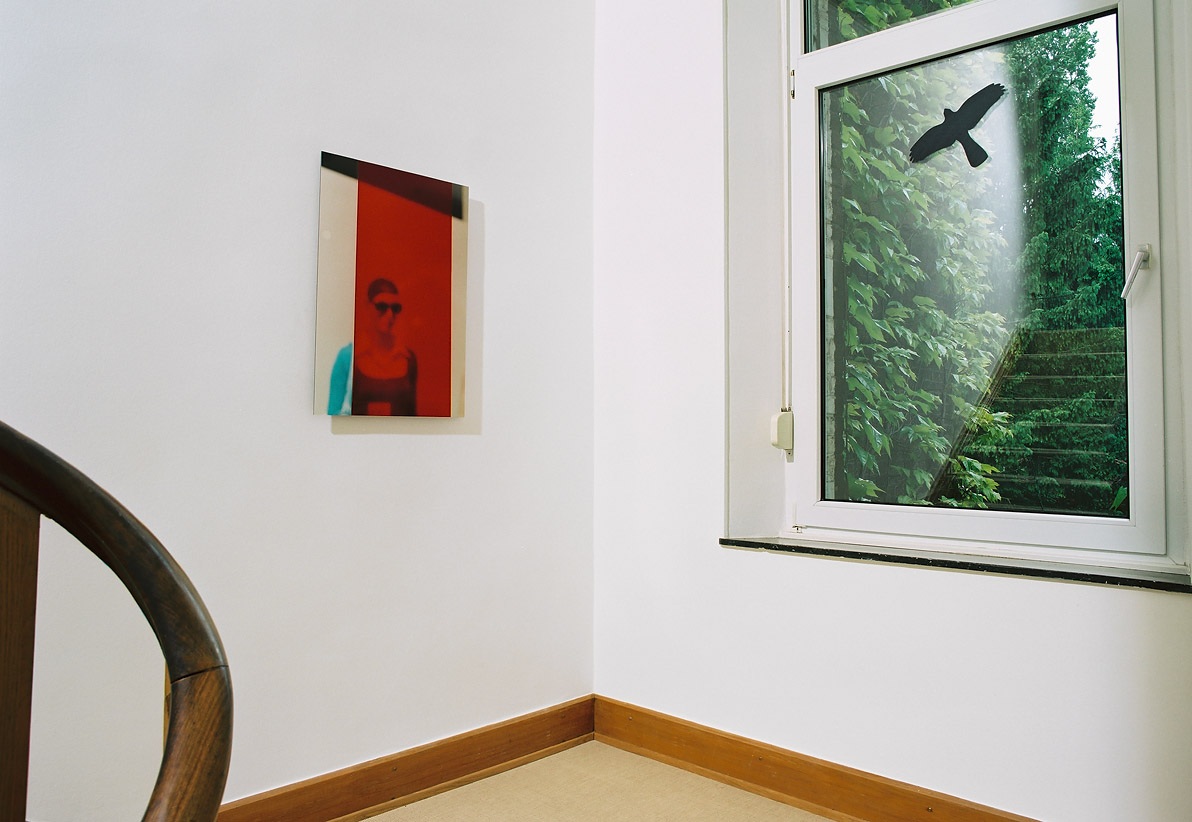
placebo / human factor installation view Galerie Nei Licht, Luxemburg 2003 a